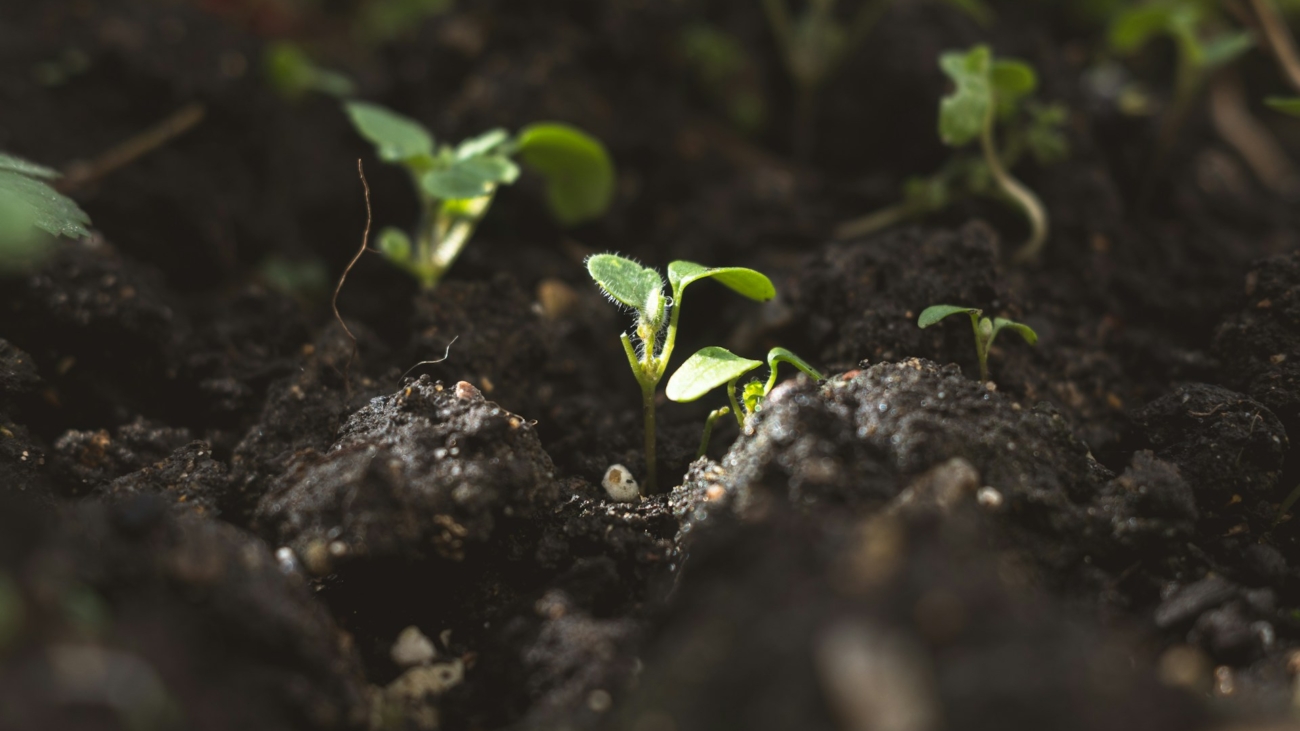As India strides into the future, the agricultural sector faces both tremendous opportunities and significant challenges. The need for sustainable, high-yield farming practices is more urgent than ever. Two futuristic innovations, biosynthetic soil and robotic pollinators, hold the potential to transform Indian agriculture by enhancing productivity and ensuring environmental sustainability. This article explores how these cutting-edge technologies can revolutionize farming in India.
Biosynthetic Soil: A New Foundation for Farming
Biosynthetic soil is an artificially created soil designed to provide optimal growing conditions. Rich in nutrients and beneficial microorganisms, this soil can be customized for different crops, addressing specific agricultural needs. For India, where diverse climates and soil types present unique challenges, biosynthetic soil offers a promising solution.
Advantages of Biosynthetic Soil in India:
- Nutrient-Rich Composition: Traditional soil often lacks essential nutrients due to over-farming and poor soil management practices. Biosynthetic soil is engineered to contain a balanced mix of macro and micronutrients, promoting healthier plant growth and higher yields.
- Customization for Crops: Different crops require specific soil conditions for optimal growth. Biosynthetic soil can be tailored to meet these requirements, whether for rice in the fertile plains of Punjab or spices in the hills of Kerala.
- Improved Water Retention: Water scarcity is a major issue in many parts of India. Biosynthetic soil can be designed to retain moisture more effectively, reducing the need for frequent irrigation and conserving water resources.
- Enhanced Microbial Activity: Healthy soil microbiomes are crucial for plant growth. Biosynthetic soil can be inoculated with beneficial microorganisms that enhance nutrient uptake, suppress diseases, and improve soil structure.
- Environmental Sustainability: By reducing the need for chemical fertilizers and pesticides, biosynthetic soil contributes to more sustainable farming practices, mitigating soil degradation and pollution.
Implementation in Indian Agriculture:
To effectively integrate biosynthetic soil into Indian agriculture, several steps need to be taken:
- Research and Development: Invest in R&D to develop biosynthetic soils tailored to different regions and crops in India. Collaborate with agricultural universities and research institutions to drive innovation.
- Pilot Projects: Launch pilot projects in various states to demonstrate the effectiveness of biosynthetic soil and refine its composition based on real-world conditions.
- Farmer Training: Educate farmers on the benefits and usage of biosynthetic soil through training programs and extension services.
- Government Support: Encourage government policies and subsidies that promote the adoption of biosynthetic soil, making it affordable and accessible to small and marginal farmers.
Robotic Pollinators: Ensuring Crop Production
Robotic pollinators are advanced machines designed to mimic the behavior of natural pollinators like bees and insects. As pollinator populations decline due to habitat loss, pesticide use, and climate change, robotic pollinators offer a reliable alternative to ensure crop production.
Advantages of Robotic Pollinators in India:
- Consistent Pollination: Unlike natural pollinators, robotic pollinators can operate consistently, regardless of weather conditions or seasonal changes, ensuring reliable pollination year-round.
- Targeted Pollination: These robots can be programmed to target specific crops, optimizing the pollination process and increasing the yield of fruits, vegetables, and other pollinator-dependent crops.
- Reduced Dependency on Pesticides: By ensuring effective pollination even in areas where natural pollinators are scarce, robotic pollinators can help reduce the need for pesticides that harm beneficial insect populations.
- Adaptability: Robotic pollinators can be adapted to different crop types and field conditions, making them suitable for diverse agricultural landscapes across India.
Implementation in Indian Agriculture:
To effectively utilize robotic pollinators in India, the following strategies should be considered:
- Technological Development: Foster innovation in robotics and AI to develop efficient, cost-effective robotic pollinators. Collaboration with tech startups and research institutions can accelerate progress.
- Field Trials: Conduct extensive field trials to test the performance of robotic pollinators in different agricultural settings and refine their functionality.
- Farmer Adoption: Provide training and support to farmers on using robotic pollinators, highlighting the benefits and operational techniques.
- Policy and Investment: Encourage government and private sector investment in the development and deployment of robotic pollinators, ensuring financial support for farmers adopting this technology.
Conclusion
Biosynthetic soil and robotic pollinators represent groundbreaking advancements in agricultural technology, offering solutions to some of the most pressing challenges faced by Indian farmers. By adopting these innovations, India can enhance agricultural productivity, ensure food security, and promote sustainable farming practices. The future of Indian agriculture lies in embracing these far-out, yet highly promising technologies, paving the way for a more prosperous and resilient agricultural sector.

